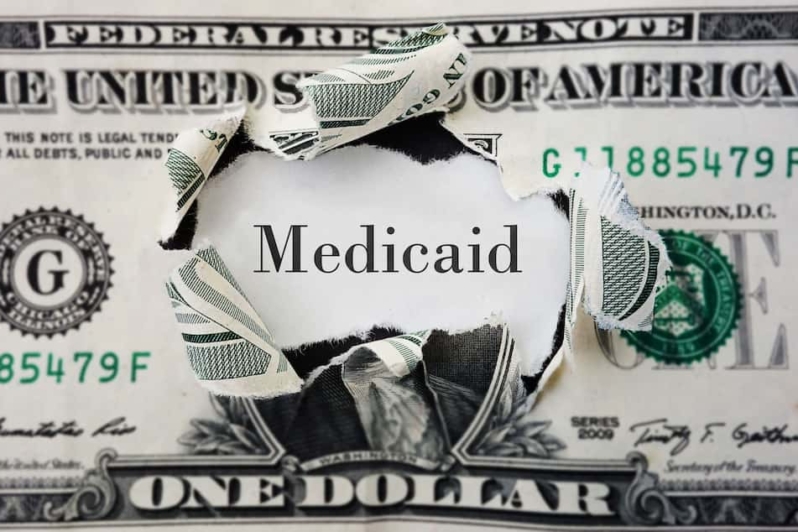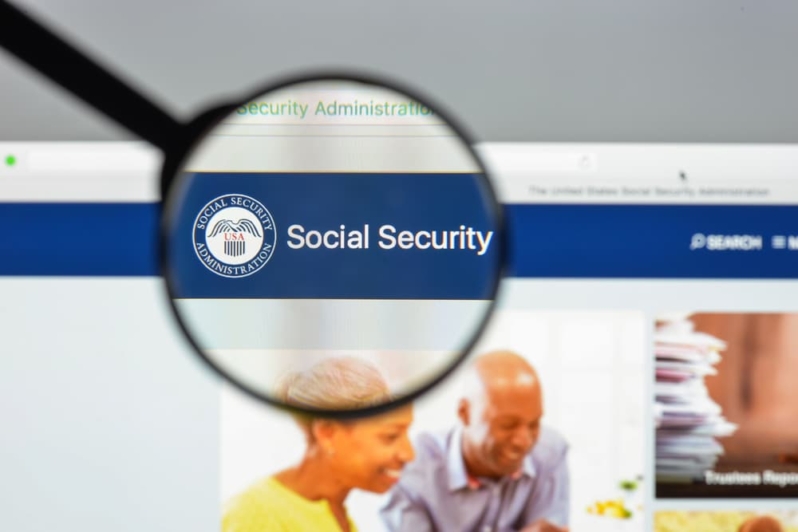What You Need to Know About Medicaid’s Personal Needs Allowance
Seniors who rely on Medicaid and live in nursing homes receive a personal needs allowance — a monthly stipend the Medicaid recipient can use to pay for needs that Medicaid does not cover. Medicaid restricts the amount of the allowance and how it is used. If recipients do not use all the money they received in a month, they may risk losing their coverage.
Posted on August 26, 2022

What Can I Buy with My Personal Needs Allowance?
The items a Medicaid recipient can buy with their personal needs allowance are limited to things that Medicaid does not cover. A recipient can buy vitamins, hair care, snacks, clothing, and other personal-use items. However, since the nursing home facility is required to cover toiletries, the personal needs allowance generally cannot be spent on those types of items.
How Much Money Do I Get for My Personal Needs Allowance?
The Medicaid personal needs allowance has not adjusted for inflation for more than 30 years. In the 1980s, the federal government increased the Medicaid personal needs allowance to a minimum of $30 per month, which has not increased since. The monthly amount Medicaid recipients receive for their expenses varies from state to state. For example, in California, Medicaid recipients get $35 per month while senior citizens in Alaska receive $200 per month.

FREE WEBINAR
5 Things to Know About
Estate Planning
When You Turn Sixty-Five
Am I Allowed to Manage My Personal Needs Allowance Funds?
The recipient may manage their funds. Those who are unable to manage their own money can have a guardian or the nursing home take charge of their personal needs allowance.
If the nursing home where the recipient resides manages their personal needs allowance, the facility must provide an accounting for how it spent the money. Medicaid prohibits the nursing home from using the money on anything that Medicaid provides.
Guardians can manage the recipient’s personal needs allowance on their behalf. The guardian is held to the same standards as the nursing home where the recipient resides and so must provide an accounting, usually some itemization of expenses.
What Happens If I Don’t Spend the Entire Allowance in a Month?
A recipient is not required to spend their entire allowance each month. Sometimes the money accumulates. However, recipients should be careful if they regularly do not spend all the money. Any money from the personal needs allowance a recipient does not spend is deemed an asset. Medicaid limits the value of assets that recipients are allowed to have, and if the recipient accumulates more assets than allowed, they may lose Medicaid eligibility. The Medicaid asset limit for 2022 is $2,000 in most states.
More from our blog…
Understanding Medicaid: What Does Medicaid Cover?
In the complex and frequently changing landscape of health care in the United States, Medicaid stands out as a vital program. Since 1965, it has [...]
Elder Financial Abuse: How an Elder Law Attorney Can Help
Elder financial abuse is a significant issue affecting many older adults nationwide. It involves someone exploiting or misusing an older person’s finances or assets for [...]
Does Medicare Cover Prescription Weight Loss Drugs?
Americans have a growing appetite for prescription drugs such as Ozempic, Wegovy, and Mounjaro. Originally developed to treat Type 2 diabetes, they are now exploding [...]
How Social Security Overpayment Rules Are Changing
With a new commissioner at the helm, the Social Security Administration (SSA) has been announcing several policy changes in recent weeks. In late March 2024, the [...]
Recent blog posts

FREE WEBINAR
5 Things to Know About
Estate Planning
When You Turn Sixty-Five





